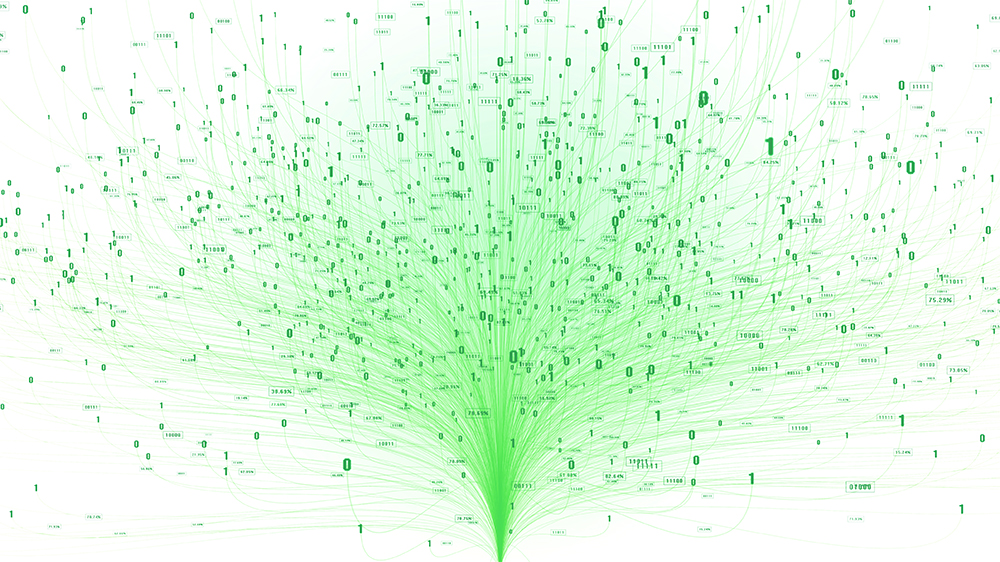THE INTERNET OF THINGS requires significantly different hardware and infrastructure than conventional IT, and nowhere is this more apparent than for storage. “”The IoT spreads computing across the network and it often includes large and widely distributed datasets,”” states George Crump, president and founder of analyst firm Storage Switzerland.
Organizations that gloss over IoT storage may find themselves dealing with latency issues and other performance problems. They may also find themselves swimming in useless data and unable to pinpoint the data they require when and where they need it. Finally, they could face new security challenges and higher overall costs.
Yet, for channel pros and others engineering and configuring IoT systems, it’s not as simple as tossing cloud storage and edge networks at the IoT data challenge. “”There are important issues that an organization must address in order to get the most out of the IoT,”” says Greg Schulz, founder and senior analyst at The Storage I/O Group.
Connections Count
A starting point for navigating IoT storage is to recognize that IoT solutions generate vast volumes of data. However, not all data is created equal and not all data storage requirements are the same. IoT data often resides outside a traditional data center and includes many file types and sizes. “”The IoT is a multidimensional environment,”” Schulz explains.
IoT storage is a more complex framework than traditional IT.—George Crump, President and Founder, Storage Switzerland
It’s important, then, to understand how smart connected devices change storage requirements. In some cases, it’s necessary to store data on a device such as a vehicle or industrial machine, utilizing onboard flash storage and transferring the data periodically through batch uploads. In other cases, it’s better to process and store data on an edge server. In still other scenarios, data must reside in the cloud or on a conventional data center server. Sometimes it’s a combination of all these approaches and more. “”You really have to understand the way IoT devices work, business requirements, where applications exist, and how data needs to flow,”” Schulz says.
Moreover, as 5G streams into the picture, new and different IoT frameworks will take shape. “”Connections impact IoT data storage significantly,”” Crump says. For instance, he says, 5G “”is likely to reduce capacity requirements at the extreme edge and move the storage upstream to an edge data center.””
A Better Way
Every IoT storage framework must ultimately address the volume, variety, and velocity of data (how much data is generated and used, the types of data that exist, and how fast those different types move about). A focus on the data lifecycle—how it is used from creation to deletion—is also paramount. “”Storage cannot be architected in isolation [from data requirements],”” Crump explains.
For instance, data retention policies must be taken into account. And it’s especially important to consider how different configurations and storage frameworks impact security and data privacy issues.
It’s also essential to build an affordable storage framework that can adapt and scale without disrupting business processes. In order to do this, an organization must understand how, when, and where data is needed to handle various tasks. Schulz suggests working with clients to identify business needs. This helps define how best to map applications and workflows to appropriate storage tiers—and determine where processing and storage should take place.
Finally, make sure to address key security issues, including whether data should reside on a sensor, device, system, or hard drive; whether it should be encrypted; and whether a storage device is exposed to physical theft or intrusion. The task is complicated by the distributed nature of the IoT. “”You have to understand how many copies of the data exist, how data travels across a network, and what regulatory standards might apply,”” Schulz explains.
To be sure, the storage challenges related to the IoT translate into an opportunity for channel pros. Concludes Crump: “”IoT storage is a more complex framework than traditional IT. A flexible, agile, and secure IoT storage framework can ultimately generate value for clients and unlock new business opportunities.””
Image: iStock









